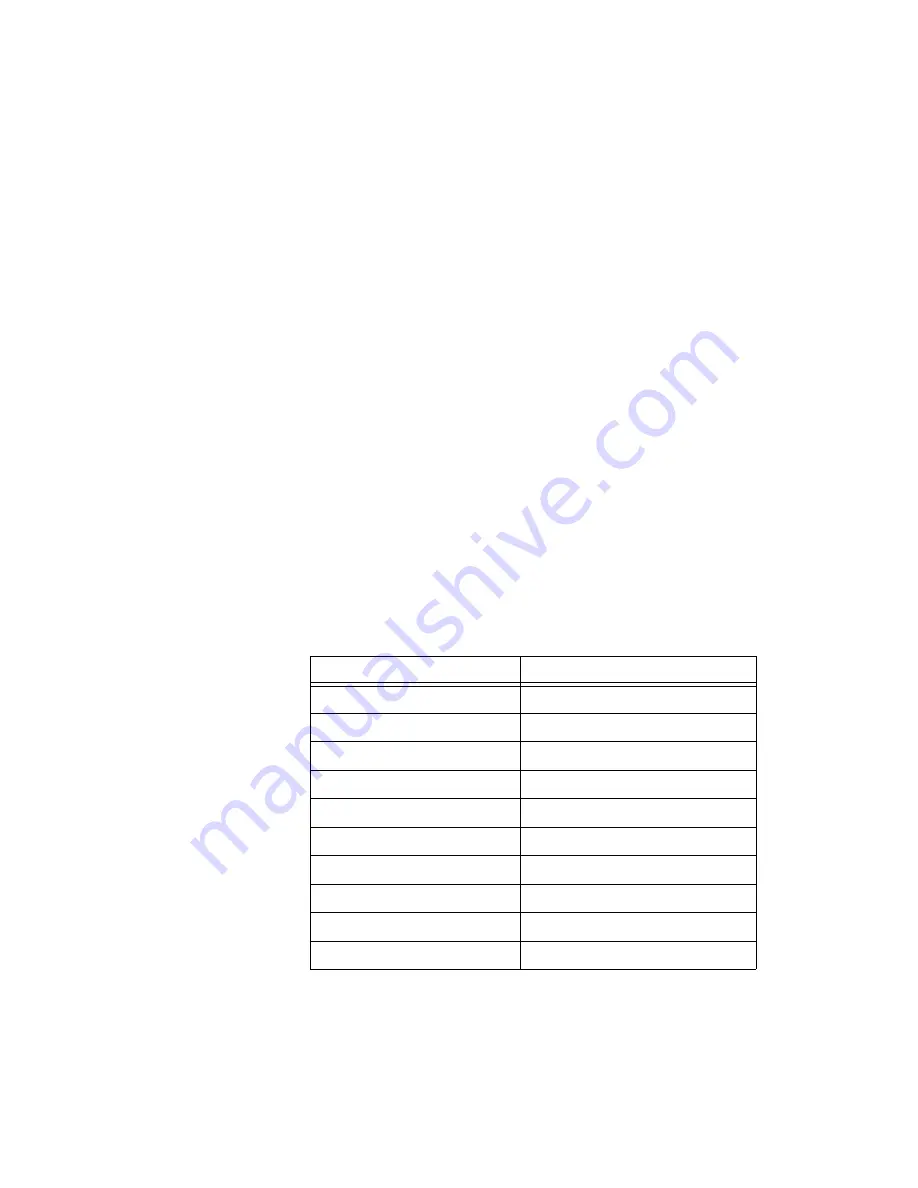
Chapter 4
Theory of Operation
SCXI-1141/1142/1143 User Manual
4-16
ni.com
An external clock can control the SCXI-1141/1142/1143 module filters
because they use a switched-capacitor architecture, which uses analog
sampling. However, this technique is also susceptible to aliasing in much
the same way as the digital sampling of a DAQ device (with a Nyquist
frequency of one-half the external clock frequency). Analog sampling also
creates high-frequency images of the signal because the output waveform
has a staircase shape.
The SCXI-1141/1142/1143 module prevents these errors by using sets of
prefilters and postfilters that do not sample the signal. A different set of
prefilters and postfilters is used for each of 12 ranges of input frequencies.
The prefilters reduce signals that can alias into a lower frequency by at least
40 dB, and the postfilters reconstruct the output waveform, reducing
high-frequency images to at least –80 dB.
NI software automatically chooses the correct set of prefilters and
postfilters when you specify a cutoff frequency. However, when the
external clock input is used to set the cutoff frequency of a filter, you must
still supply an approximate cutoff frequency so that the software can
determine the appropriate set of prefilters and postfilters.
Table 4-1 gives the ranges of cutoff frequencies that the prefilters and
postfilters use.
Table 4-1.
Cutoff Frequency Ranges for the SCXI-1141/1142/1143 Module
Prefilters and Postfilters
Range
Cutoff Frequencies
A
10–25 kHz
B
4.3–10 kHz
C
1.9–4.4 kHz
D
1.5–3.4 kHz
E
700 Hz–1.8 kHz
F
300–700 Hz
G
130–300 Hz
H
100–225 Hz
I
49–110 Hz
J
21–49 Hz
















































